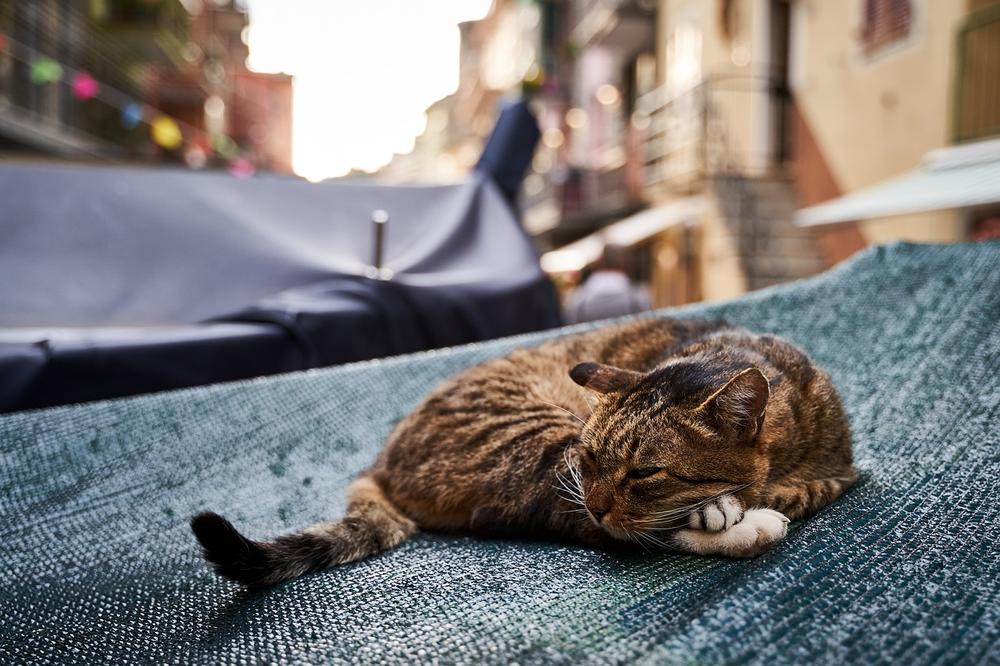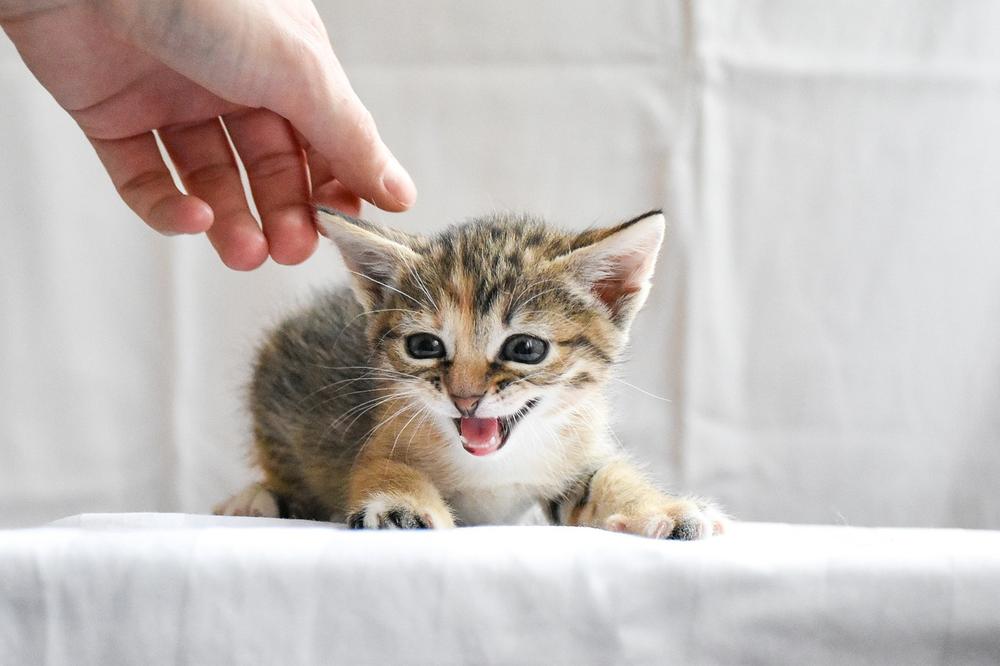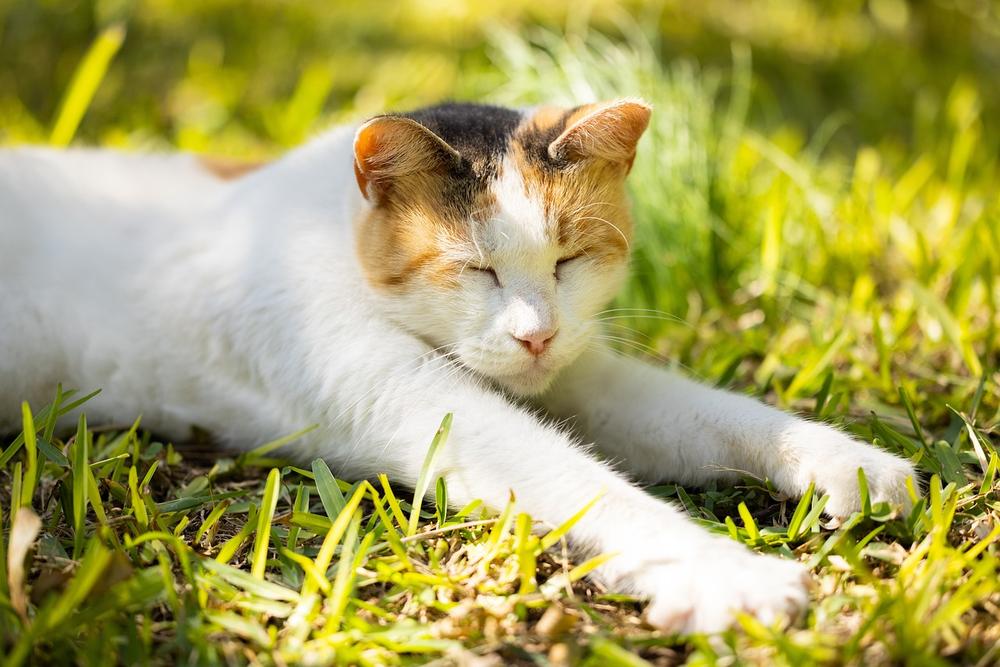How Long Can Cats Go Without Litter Box: For Less Than 24 H?

Let's start with a warning.
Picture this:
You're on the road with your feline friend, and disaster strikes.
Panic sets in as you frantically search for a solution to your cat's pressing needs. 😱
But fear not, because today's guide has got you covered.
Let's dive in!
Situations Where Cats May Need to Go Without a Litter Box
Here's what you need to know when it comes to situations where cats may need to go without a litter box:
- When you're out and about in the great outdoors, like during hikes or camping trips, make sure to have alternative options for your cat's bathroom needs. Portable litter boxes or using natural materials like sand or dirt can do the trick.
- Whether your cat prefers doing their business outside or indoors, they need consistent access to their restroom. It's a good idea to have at least one indoor litter box available even if your cat already likes to poop outside.
- Be considerate of your neighbors' gardens if your cat decides to use their yard as their bathroom spot. It can have an impact on their plants and flowers, so try to find a solution that works for everyone.
- Keep an eye on your cat's health because gastrointestinal issues can affect how they eliminate waste. Take note of any constipation or diarrhea and address them promptly to keep your cat comfortable.
- Going completely without a litter box has its downsides, but it's still best to have an indoor option available for your cat's convenience and hygiene.
- Road trips can stress out cats, so it's best to keep them to a minimum. If necessary, consider sedation to help keep your cat calm and relaxed during the journey.
- If you have to leave your cat alone in the car, make sure the temperature inside is comfortable by using the heat or air conditioning. Also, return as quickly as possible to minimize your cat's time alone.
- For outdoor exploration, make use of safe spaces with secure leashes or harnesses. You can also place your cat carrier in a shaded area to provide a bit of outdoor time while keeping them safe and contained.
- Most cats can hold their urine for up to 24 to 48 hours without issues, but always prioritize your cat's comfort and well-being. Don't let the time between bathroom breaks get too long.
Your cat will remain content and in good health during different circumstances if you abide by these suggestions.
Main points I'll expand upon further down this article:
- Proper hygiene is crucial due to potential health risks from cat feces.
- Health conditions can affect a cat's bathroom habits.
- Cats should not go more than 48 hours without passing stool.
- Litter box usage can be affected by conflicts, discomfort, or past medical conditions.
- Bathroom habits can vary based on age, health, diet, and environment.
- Changes in bathroom habits can result from stress, environmental changes, or injury.
- Consider your cat's comfort when managing bathroom needs in small spaces.
- Prepare necessary gear and supplies when traveling with your cat.
- Keep your cat confined and supervised during the drive for safety.
- Training cats for proper bathroom habits requires patience, time, and appropriate tools.
Now that you understand the situations where cats may need to go without a litter box, let's delve deeper into the various factors that can influence their bathroom habits.

By considering a cat's natural instincts, behavior, and potential health risks, you can ensure their well-being and comfort in any situation.
Understanding a Cat's Natural Instincts and Behavior
Understanding a cat's natural instincts and behavior is crucial for providing them with the best care possible.
Here are some key factors to consider:
- Environmental factors play a significant role in a cat's bathroom habits. Factors like age, health, diet, and environment influence the frequency of elimination.
- Health conditions such as diabetes, hyperthyroidism, kidney diseases, and arthritis can affect a cat's bathroom habits. Timely treatment of urinary tract diseases helps prevent kidney disease.
- Nutrition also plays a vital role. Nutritional deficiencies and imbalances in water intake can cause constipation or dehydration, affecting litter box usage.
- Conflicts between cats, dislike for the litter box, past medical conditions, or preference for a different surface can also affect litter box usage.
- Providing proper hygiene and precautions is essential due to potential health risks posed by cat feces. This includes potential exposure to parasites like T.gondii, roundworm, tapeworm, and hookworm.
- Having at least one indoor litter box provides a sense of comfort within the home, as cats naturally use urine to mark their territory.
- Vertical spaces like cat trees or shelves satisfy a cat's natural instinct to perch and feel secure, reducing stress-induced elimination problems.
- Stress, environmental changes, or injury can cause alterations in bathroom habits.
Promote improved litter box habits and overall well-being for your cat by comprehending these factors and meeting their requirements. 😺
How to Manage a Cat's Bathroom Needs in Small Spaces
Litter box furniture like benches or cabinets may be the solution when it comes to managing your cat's bathroom needs in small spaces.
Not only do these enclosures serve as functional furniture pieces, but they also provide privacy for your feline friend. This allows you to discreetly place the litter box in limited living areas without it being an eyesore. However, you must consider your cat's comfort and not force them into a new restroom environment if they are not ready.
While allowing cats frequent outdoor access may invite unwanted visitors, finding suitable alternative solutions becomes necessary.

Not only do these enclosures serve as functional furniture pieces, but they also provide privacy for your feline friend.
This allows you to discreetly place the litter box in limited living areas without it being an eyesore.
However, to ensure your cat's utmost comfort, I advise you to consider alternative solutions that cater to their needs.
If you want to learn the best ways to store cat litter, whether it is used or unused, I highly recommend checking out my article How to Store Cat Litter.
How to Create a Temporary Litter Box for Traveling
Portable litter box alternatives for traveling
When you're on the go with your cat, having a portable litter box is a game-changer. Trust me, it's way more convenient than searching for a spot for your cat to do their business while you're traveling.
Consider investing in foldable litter boxes or disposable litter pans made specifically for travel. These smart options ensure that your furry friend has access to a clean and familiar bathroom while you're away from home.
Gather the essentials for your trip
Preparation is key when traveling with your furry companion. Make sure you pack all the necessary gear, including a litter box, litter, food, bowls, toys, treats, and something that smells like home. Oh, and don't forget a collar with an ID tag or ensuring your cat is microchipped – safety first!
If your cat is used to a harness and leash (yes, some cats are adventurous!), bring them along too.
And please, pack all these kitty essentials into one bag, except for the litter box.
It's best to carry the litter box separately – trust me on this one.
Keep your cat safe and comfortable during the journey
During the car ride, ensure to keep your cat in a well-ventilated area like their carrier.
Safety always comes first!
While it's normal for cats to eat and drink less during the drive, they will likely hydrate and eat once you stop for the night.

You might notice that some cats complain more during road trips. Hey, change can be stressful for our feline friends too!
So, make sure you're ready for some meowing sessions along the way.
Plan stops for yourself, like meals and restroom breaks, but try to eat in the car if possible.
Avoid leaving your pet alone for long periods.
And here's a pro tip:
Limit the total driving time each day and give your cat enough rest time.
Less stress, more comfort – that's the way to go.
By packing the right supplies, keeping your cat contained and supervised, and avoiding long hours on the road, you can create a temporary litter box setup that makes traveling easier and more enjoyable for both you and your furry friend.
Training Cats for Accident Prevention and Improved Bathroom Habits

Positive reinforcement training is the key to teaching cats good bathroom habits.
- Reward them for using the litter box: Give treats or praise immediately after your cat uses the litter box to reinforce the behavior.
- Keep the litter box clean: Cats are clean animals, so a dirty litter box may discourage them from using it. Scoop it daily and change the litter frequently.
- Maintain familiar litter box locations: Cats prefer consistency, so avoid moving the litter box unless necessary.
- Address constipation issues: If your cat is constipated, try a high-fiber diet, stool softeners, or gentle massages to help alleviate the problem.
- Consider lifestyle changes and medication: In some cases, more significant changes or medication may be necessary to resolve litter box issues.
- Toilet train if possible: Some cats can be successfully trained to use the toilet, which can be an easier and safer option.
- Take a gradual approach: When relocating the litter box or introducing new techniques, do it step by step to ensure the cat feels comfortable.
- Seek veterinary assistance when necessary: If home remedies fail or your cat shows signs of discomfort during urination, consult a veterinarian.
- Prepare for travel: To minimize stress during trips, get your cat accustomed to their carrier beforehand and remove food and water a few hours before departure.
Following these tips will help you train your cat without causing any harm or stress.
And that wraps up today's article.
Before you leave, can I just quickly ask if my blog post was helpful for you? If it was, I would be extremely grateful if you could pass it along to your loved ones. It's really easy, just click on any of the social media sharing icons to share right away. Thank you so much!
Talk soon,
-Sarah Davis